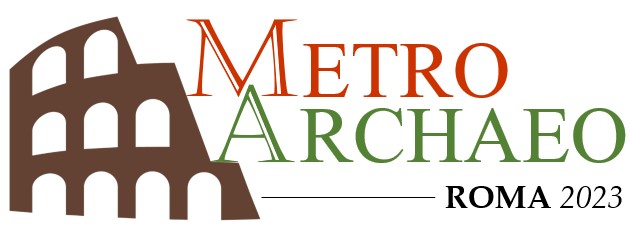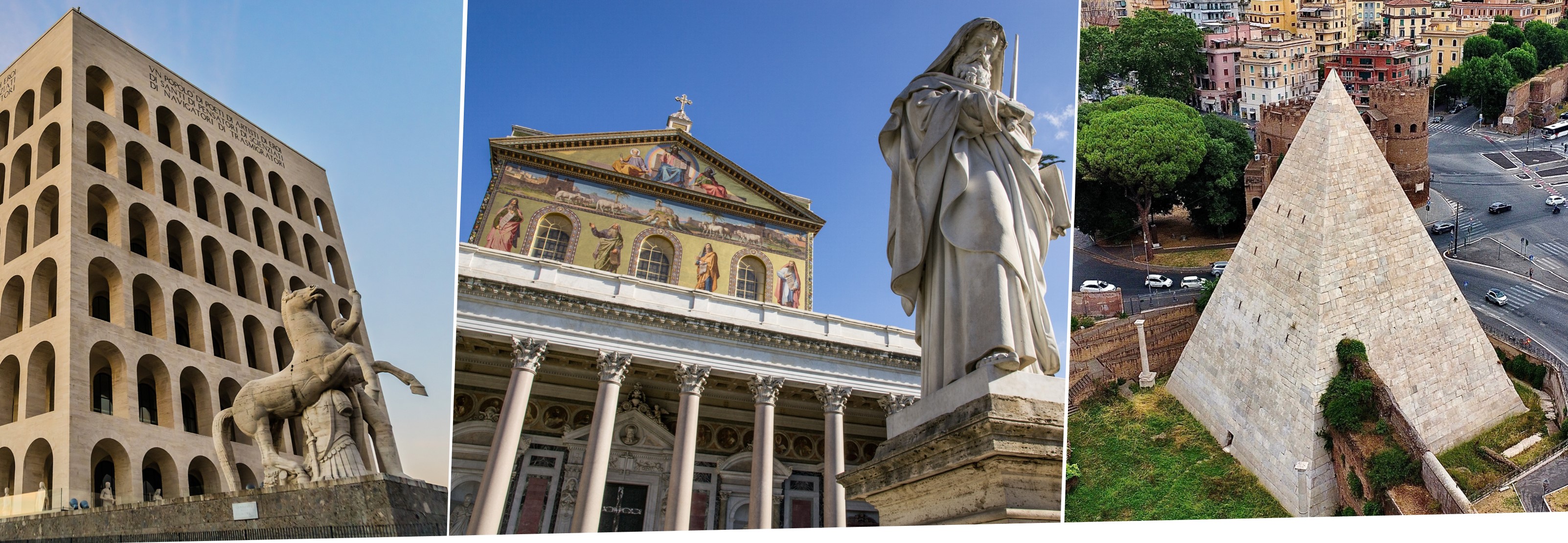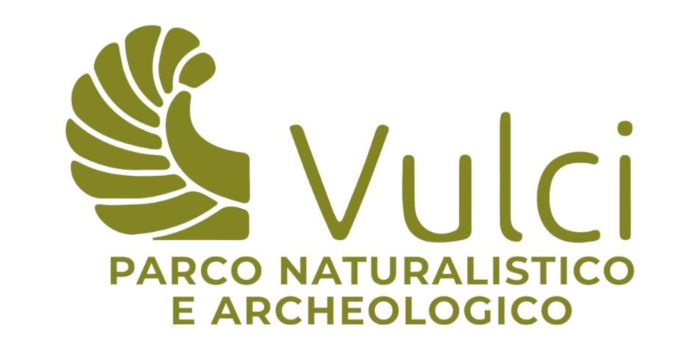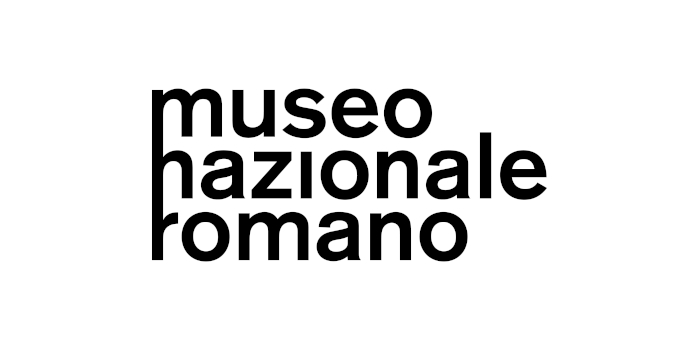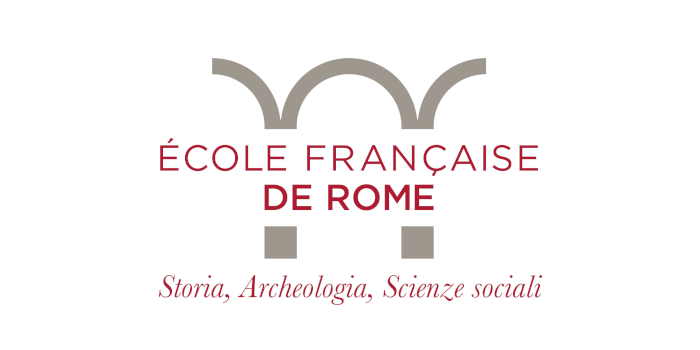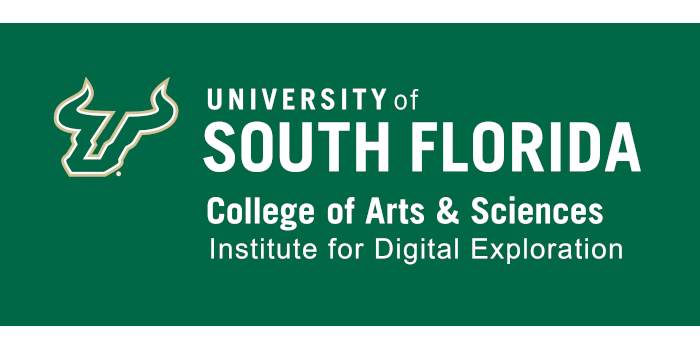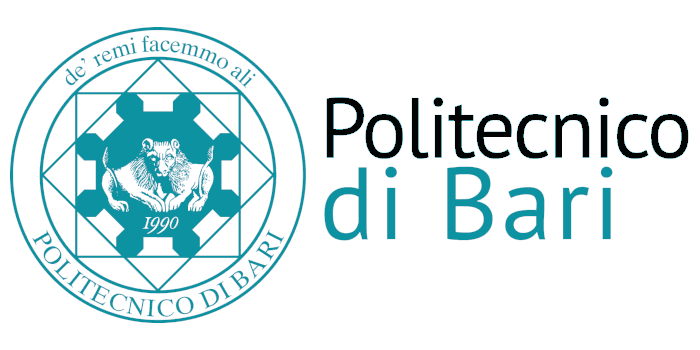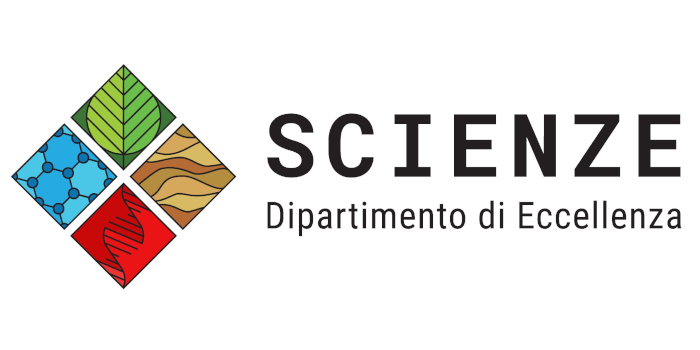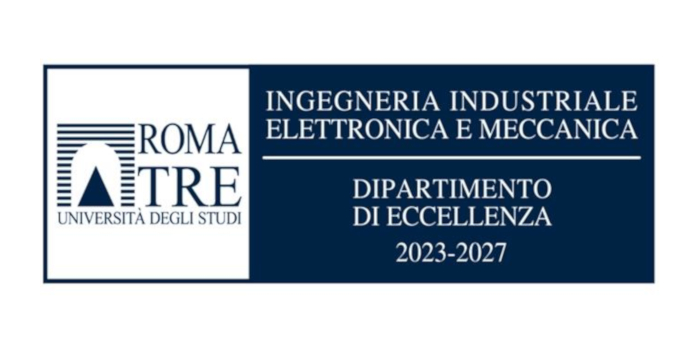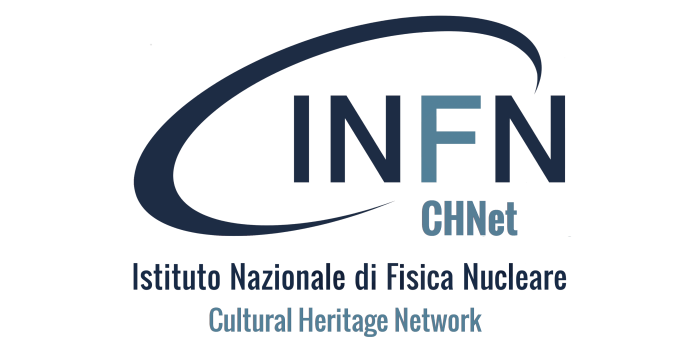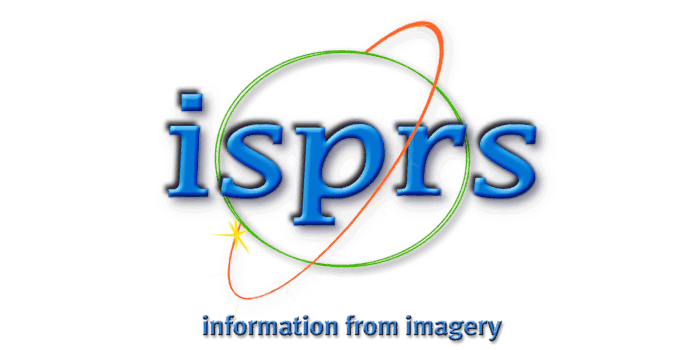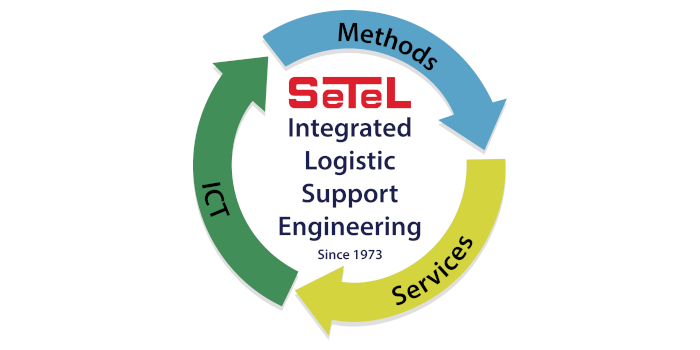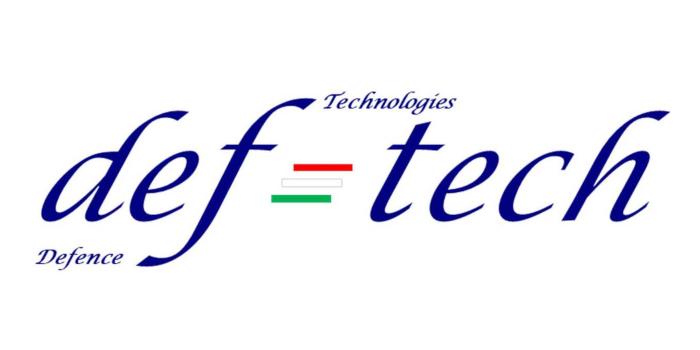KEYNOTE
Ground based remote imaging and sensing for cultural heritage
Haida Liang
Nottingham Trent University
ABSTRACT
Borrowing ideas from Astronomy, ISAAC Lab first designed the PRISMS remote stand-off spectral imaging system in 2007 to image wall and ceiling paintings at lofty heights from a fixed position on the ground at distances of tens of metres achieving the same spatial resolution as one would from a one metre distance. Recently, in addition to PRISMS, we have developed a full suite of stand-off remote imaging and sensing instruments that operates at distances of order 10m including remote stand-off Raman spectroscopy, LIBS, LIF hyperspectral imaging system and expanded the spectral range and spectral resolution of the remote spectral imaging system. Automated spectral imaging of large wall paintings and entire architectural interiors has increased the data capture rate and necessitates new data science methods based on machine learning and new MOLAB workflows. New applications in heritage science, art history and conservation will be demonstrated including examples from some of the recent IPERION HS MOLAB campaigns.
SPEAKER BIOGRAPHY
Haida Liang is Distinguished Professor of Physics at Nottingham Trent University, Head of Imaging and Sensing for Archaeology, Art history and Conservation (ISAAC) Lab, and Director of Imaging, Materials and Engineering Centre (IMEC). She studied Physics at University of Sydney followed by a PhD in Astrophysics at Australian National University. She continued her research in astrophysics at CEA and IAS in France and at the University of Bristol before changing her research career to heritage science after a brief period at the National Gallery in London. ISAAC Lab specialises in the development and application of advanced optical imaging, spectroscopy, remote sensing and data science methods to art conservation, art history and archaeology, which led to the recent Queen’s Anniversary Prize for Advancing Cultural Heritage Science. She has a keen interest on historical global connections through interdisciplinary research. For further details see www.ntu.ac.uk/staff-profiles/science-technology/haida-liang
